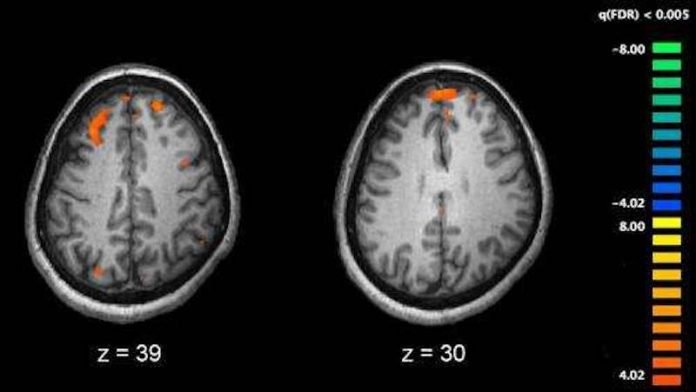
In a new study, researchers have discovered genes related to high risk of schizophrenia.
The finding suggests that schizophrenia is a developmental disease and that it is possible to detect and treat it even before the onset of symptoms.
The research was conducted by a team from Vanderbilt University.
Schizophrenia is a chronic, severe mental disorder. Patients often have hallucinations and delusions. They also have ”flat” emotional expression and cognitive difficulties.
Previous research has shown that schizophrenia symptoms usually start between the ages of 16 and 30.
Patients can use antipsychotic drugs to reduce symptoms, but so far there is no cure for the disease.
Although schizophrenia occurs in 1% of the population, the risk can be 50% higher if a person has an identical twin with the disease.
Previous genome-wide association studies (GWAS) have found more than 100 loci linked to schizophrenia. However, that may not be where high-risk genes are located.
In the study, the team used a unique computational framework and identified 104 high-risk genes for schizophrenia.
The framework is called the “Integrative Risk Genes Selector.” It pulled the top genes from previously reported loci.
The calculation was based on their cumulative supporting evidence from multi-dimensional genomics data as well as gene networks.
In the 104 identified high-risk genes, the team found that some of them encode proteins targeted in other diseases by drugs already on the market.
And one gene is suspected in the development of autism spectrum disorder.
The team suggests that their findings may help with future research in different directions.
One direction is to determine whether drugs for other, unrelated diseases could be repurposed to help treat schizophrenia.
Another direction is to find in which cell types in the brain these genes are active along the development trajectory.
The new findings may also help develop new intervention strategies.
The lead author of the study is Bingshan Li, Ph.D., associate professor of Molecular Physiology and Biophysics.
The study is published in the journal Nature Neuroscience.
Copyright © 2019 Knowridge Science Report. All rights reserved.



